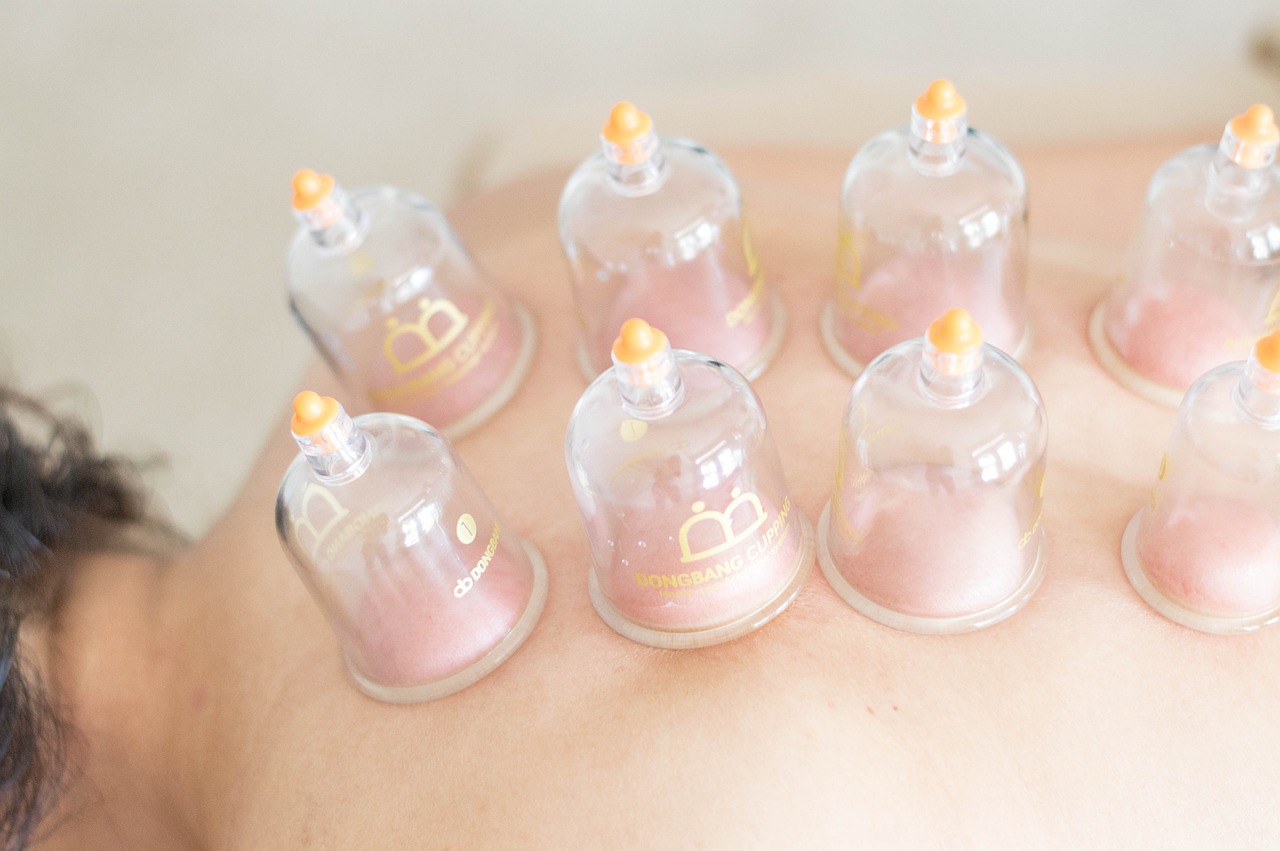Massage therapy can have some therapeutic effects for individuals with Seasonal Affective Disorder (SAD), but it is not a primary or standalone treatment for this condition. SAD is a type of depression that typically occurs during the fall and winter months when there is less natural sunlight. It is characterized by symptoms such as low mood, fatigue, and changes in sleep and appetite.
Benefits of Massage Therapy
Massage therapy can offer several potential benefits for people with SAD:
Stress Reduction
Massage therapy is known to reduce stress and promote relaxation. For individuals with SAD, who may experience heightened stress and anxiety during the darker months, massage can help alleviate some of these symptoms.
Improved Mood
Massage therapy may trigger the release of endorphins and other feel-good neurotransmitters, which can temporarily boost mood. This can be especially beneficial for those with SAD who experience mood disturbances.
Enhanced Sleep
SAD often disrupts sleep patterns, leading to insomnia or oversleeping. Massage therapy can promote better sleep quality and help regulate sleep patterns.
Increased Circulation
Massage can improve blood circulation and may help combat the physical symptoms of SAD, such as fatigue and muscle tension.
Self-Care
Engaging in self-care activities like massage can be a helpful part of managing SAD. It encourages individuals to take time for themselves and prioritize their well-being.
Seek Comprehensive Care for SAD
However, it’s important to note that massage therapy should not be considered a substitute for evidence-based treatments for SAD, which may include light therapy (exposure to artificial light that mimics natural sunlight), psychotherapy (such as cognitive-behavioral therapy), or medication in severe cases. These treatments are typically recommended by mental health professionals and have a more established track record for managing SAD.
If you or someone you know is struggling with Seasonal Affective Disorder, it is essential to consult with a healthcare provider or mental health professional for a comprehensive evaluation and to discuss appropriate treatment options. They can help develop a tailored treatment plan that may include massage therapy as a complementary approach alongside other interventions.




